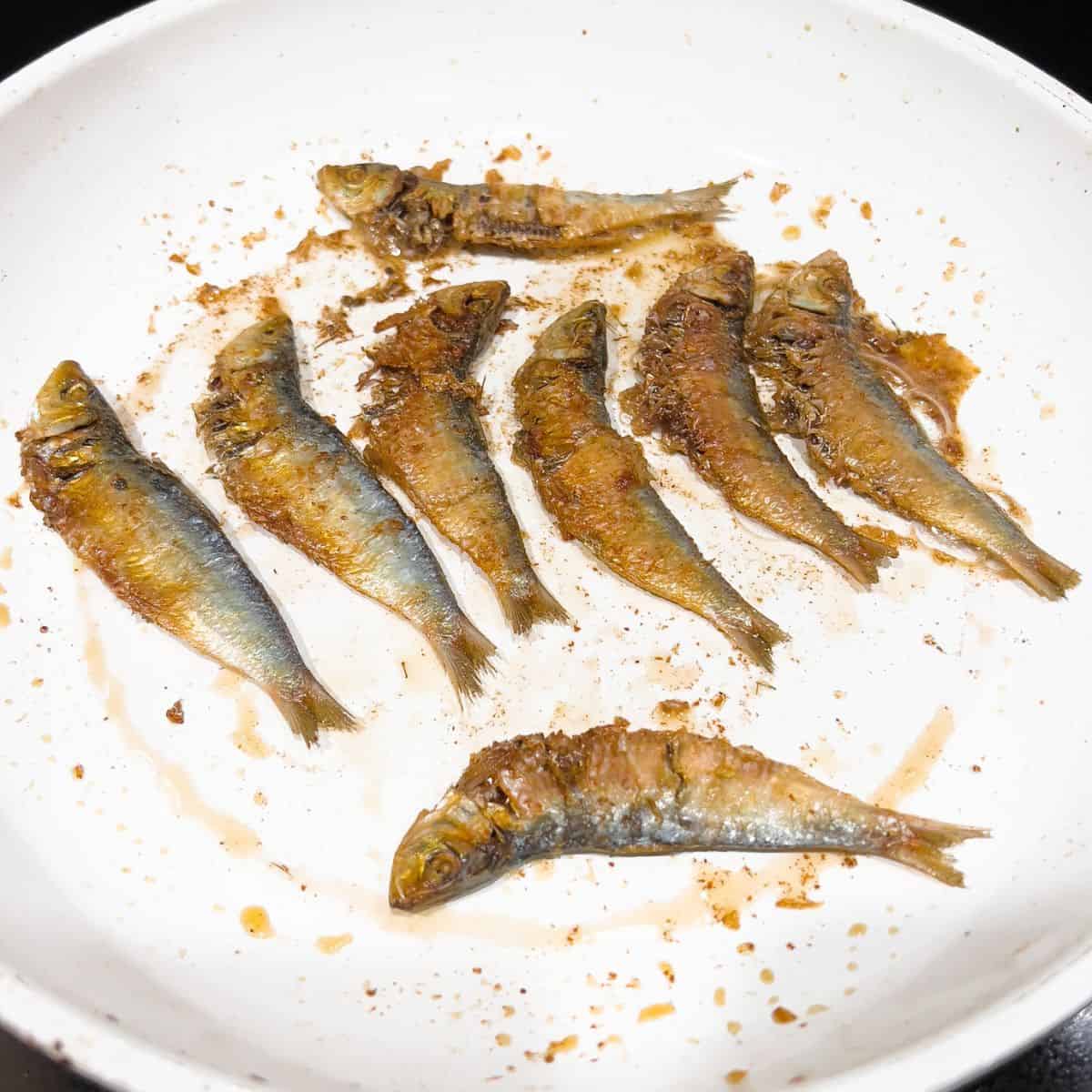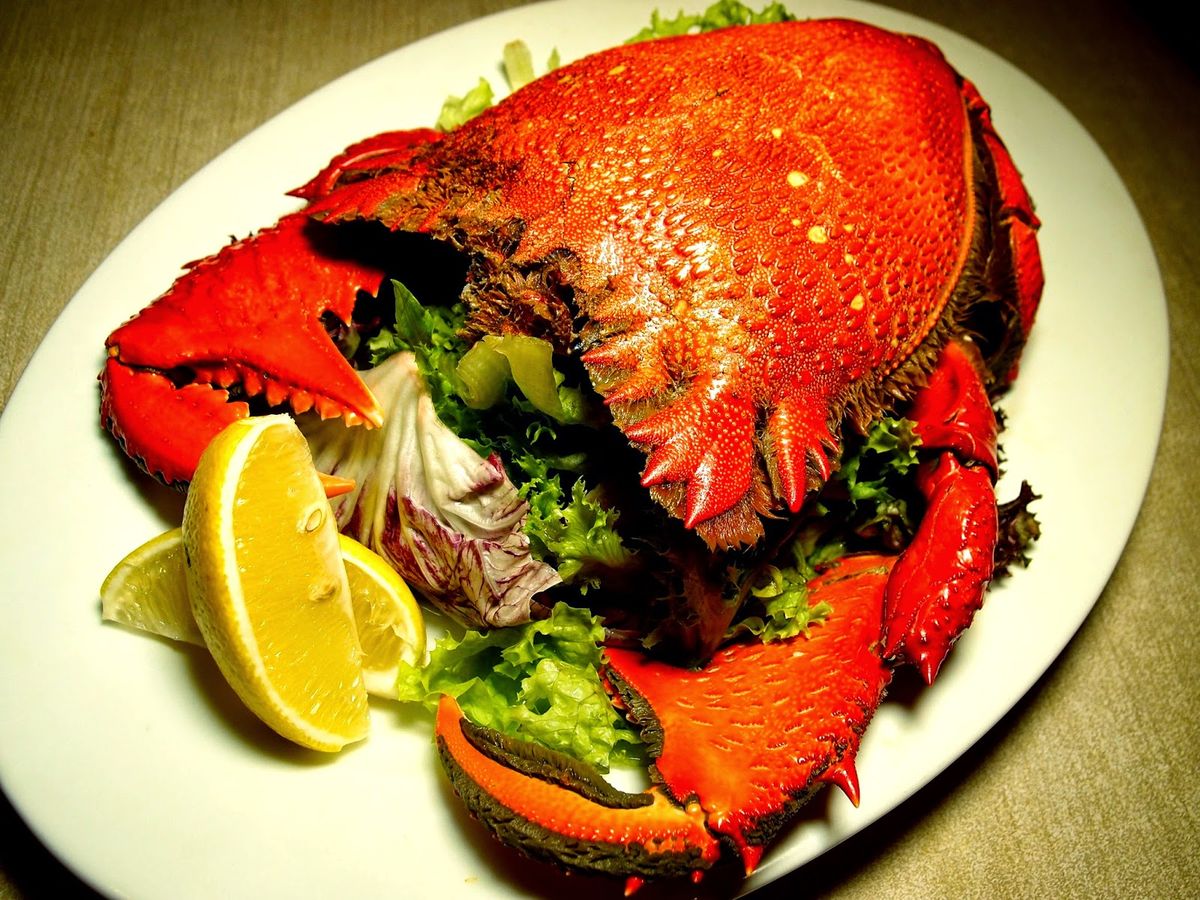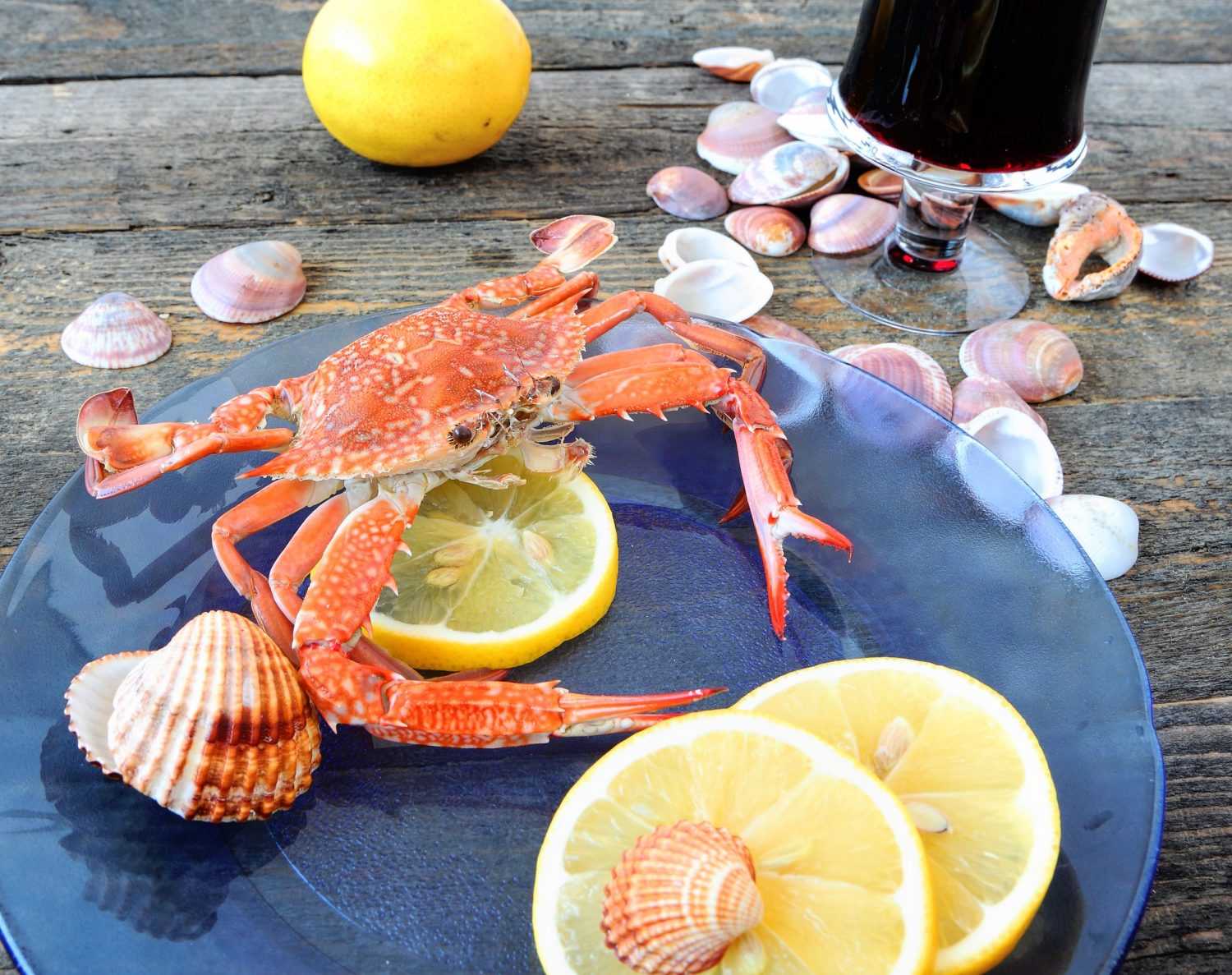Enjoying Authentic Italian Pizza
When it comes to experiencing the true essence of Italy, indulging in a slice of authentic Italian pizza is an absolute must. However, if you find yourself in Italy, you may notice that the pizza is often served uncut. Don’t worry, though, as there’s a simple and enjoyable way to savor this culinary delight.
Embracing the Italian Pizza Tradition
Italians take their pizza seriously, and the way it is served is a part of their culinary tradition. When you order a pizza in Italy, it is typically presented to you whole and uncut. This may seem unfamiliar to those accustomed to pre-sliced pizza, but fear not, as there’s a method to enjoying this uncut masterpiece.
The Art of Eating Uncut Pizza
So, how do you go about eating uncut pizza in Italy? Here are some simple steps to help you embrace this authentic Italian dining experience:
- Use a Knife and Fork: Embrace the Italian way of eating pizza by using a knife and fork. Start by cutting a manageable portion of the pizza using the utensils.
- Embrace the Fold: Once you have a slice cut, embrace the Italian tradition of folding the slice in half before taking a bite. This technique not only adds to the experience but also helps prevent the toppings from sliding off.
- Savor Each Bite: Take your time to savor each flavorful bite. Appreciate the combination of fresh ingredients, savory sauce, and perfectly baked crust that make Italian pizza so renowned.
Appreciating the Italian Dining Culture
It’s important to remember that dining in Italy is not just about the food itself, but also about the experience and the culture that surrounds it. By embracing the tradition of eating uncut pizza with a knife and fork, you are immersing yourself in the rich culinary heritage of Italy.
Final Thoughts
So, the next time you find yourself in Italy faced with a whole, uncut pizza, remember to embrace the tradition and savor each bite using a knife and fork. By doing so, you’ll not only enjoy the authentic flavors of Italian pizza but also immerse yourself in the rich culinary culture of this beloved Mediterranean country.
Buon appetito!
More Delicious Italian Pizza Recipes to Try at Home
Now that you've mastered the art of eating uncut pizza in Italy, why not put your skills to the test by crafting some delicious pizzas at home? From the traditional flavors of a Classic Margherita Pizza Creation Guide to the zesty kick of a Fiery Spicy Diavola Pizza Instructions, there’s a variety to suit every palate. We recommend starting with the Sweet and Savory Pear and Gorgonzola Pizza Recipe for an intriguing blend of sweet and savory, or the Luxurious Truffle Oil and Mushroom Pizza Recipe for a touch of gourmet luxury. Each recipe provides a unique way to enjoy your newfound pizza-eating technique, enhancing your culinary repertoire and impressing guests with your authentic approach.










